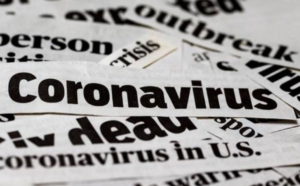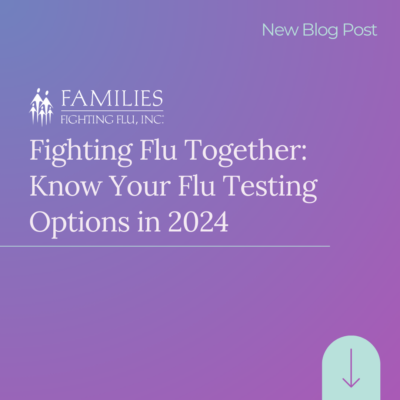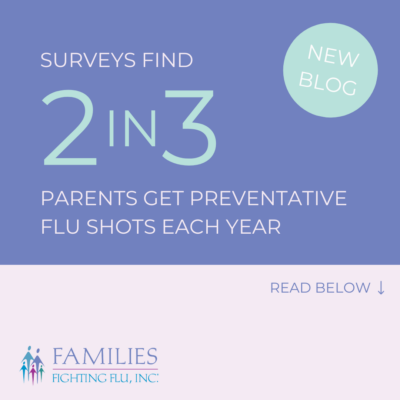
- Science & Research
What Influenza Pandemics Can Teach Us About COVID-19

To flu researchers and advocates, pandemics are nothing new; most past pandemics have been caused by flu viruses. In the past 100+ years there have been four flu pandemics: 1918, 1957-58, 1968, and 2009. Here, we will outline what we have learned from past flu pandemics, specifically the 1918 pandemic, that can be applied as the world deals with our most recent pandemic – COVID-19.
1918 Flu Pandemic
The 1918 flu pandemic, sometimes called the Spanish flu, was caused by the H1N1 flu virus. It was the most deadly pandemic in recent history. Fifty million people died worldwide, including about 675,000 Americans. The onset of the pandemic occurred during World War I, which led to a much quicker spread across the world. The flu also infected and killed younger, healthier people compared to other past flu pandemics.
 Connections to COVID-19
Connections to COVID-19
Throughout the COVID-19 pandemic, historians have drawn similarities between the current situation and the 1918 flu pandemic. During the 1918 pandemic, people were encouraged (and sometimes required) to wear masks in public, practice social distancing, and schools were shut down. Similar guidelines have been enacted across the United States to control the spread of COVID-19.
What can we learn from the 1918 flu pandemic to help slow the spread of COVID-19?
1. Social distancing works
The 1918 flu pandemic demonstrated that social distancing was an effective method to slow the spread of H1N1 flu. The same method can be applied today to help slow the spread of COVID-19. The less physical contact people have, the less likely it is that a respiratory virus can spread from person-to-person.
2. Large gatherings can be dangerous
In 1918, in the midst of the pandemic, Philadelphia threw a city-wide parade to sell government bonds to help pay for World War I. Despite the intention to boost morale during a difficult period in history, the parade was linked to over 4,500 flu-related deaths. Given that COVID-19 may be even more contagious than flu, it’s best to avoid large gatherings and limit social interactions.
3. Masks help prevent person-to-person transmission
Masks looked very different over 100 years ago, but they were still a big part of the effort to stop the 1918 flu pandemic. We now know that the masks people wore to slow the spread of the 1918 flu were made of materials that did not adequately restrict airflow.
Learning from history, we can implement best-practices for wearing masks. The Centers for Disease Control and Prevention (CDC) suggests wearing face coverings in public settings where you are likely to come into contact with other people. Everyone should wear a mask because people may not know they are sick and may unknowingly spread the virus by talking, coughing, or sneezing.
To summarize, there are some important differences between past flu pandemics and the current COVID-19 pandemic, but there are important lessons to take from the past. We know some public health efforts like social distancing, wearing masks, and avoiding large gatherings can help reduce disease transmission. Implementing measures like this can help slow the spread of viruses like flu and COVID-19.
Sources:
https://www.smithsonianmag.com/history/philadelphia-threw-wwi-parade-gave-thousands-onlookers-flu-180970372/
https://www.washingtonpost.com/history/2020/05/24/second-wave-pandemic-flu-1918-coronavirus/
https://www.cdc.gov/flu/pandemic-resources/reconstruction-1918-virus.html
https://www.cdc.gov/flu/pandemic-resources/basics/past-pandemics.html


